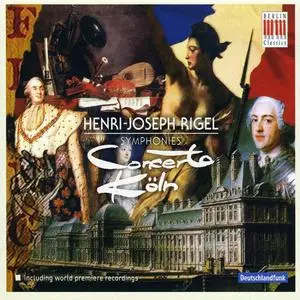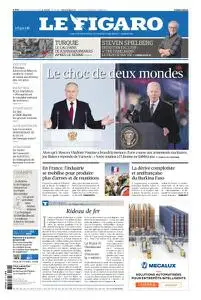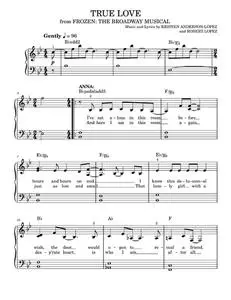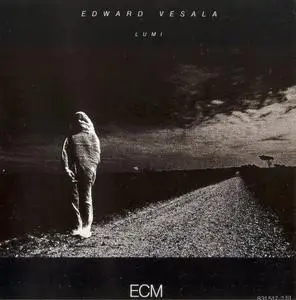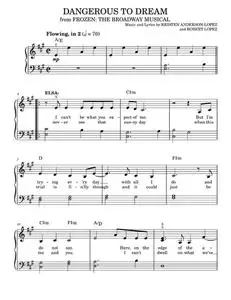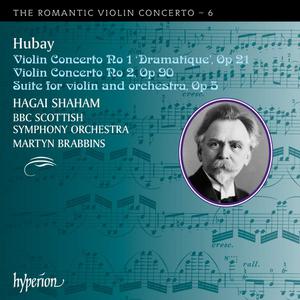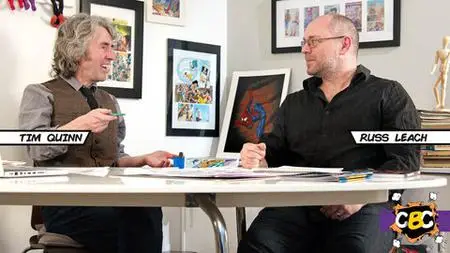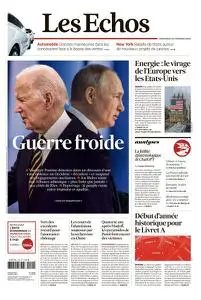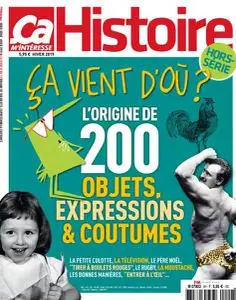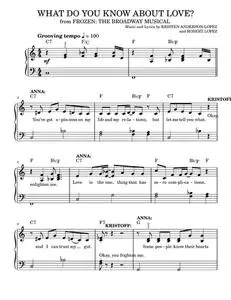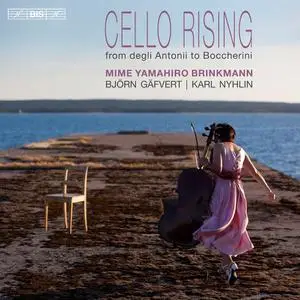| Su | Mo | Tu | We | Th | Fr | Sa |
|---|---|---|---|---|---|---|
| 29 | 30 | 31 | 1 | 2 | 3 | 4 |
| 5 | 6 | 7 | 8 | 9 | 10 | 11 |
| 12 | 13 | 14 | 15 | 16 | 17 | 18 |
| 19 | 20 | 21 | 22 | 23 | 24 | 25 |
| 26 | 27 | 28 | 1 | 2 | 3 | 4 |
Attention❗ To save your time, in order to download anything on this site, you must be registered 👉 HERE. If you do not have a registration yet, it is better to do it right away. ✌

SpicyMags.xyz

SpicyMags.xyz
Made in China - Amelia Pang
Date: 21 Feb 2023 21:21:56
À l’instar des abolitionnistes du XXIe siècle qui combattirent l’esclavage par l’exposé des faits, Amelia Pang démontre avec clarté le coût humain de notre frénésie de consommation.
Concerto Köln - Henri-Joseph Rigel: Symphonies (2009)
Date: 21 Feb 2023 21:21:24
Concerto Köln - Henri-Joseph Rigel: Symphonies (2009)
EAC | FLAC | Image (Cue & Log) ~ 385 Mb | Total time: 69:31 | Scans included
Classical | Label: Berlin Classics | # 0016432BC | Recorded: 2008
EAC | FLAC | Image (Cue & Log) ~ 385 Mb | Total time: 69:31 | Scans included
Classical | Label: Berlin Classics | # 0016432BC | Recorded: 2008
Chances are excellent that, unless you remember the sixteenth volume of the old brown-backed set of Grove's Dictionary of Music and Musicians – "Riegel to Schusterfleck" – then you have never encountered composer Henri-Joseph Rigel. The scion of a musical family that also spelled its name "Riegel," Rigel studied with Niccolò Jommelli and Franz Xaver Richter before arriving in Paris in 1767; although his musical language remained essentially Italo-German, Rigel is mainly considered a French composer as the bulk of his work and sphere of influence was centered in Paris. He was a member of the Concert Spirituel, a reasonably prolific and successful composer of opera and oratorio (his La Sortie d'Egypte has been revived in modern times in Europe), and served on the founding faculty of the Paris Conservatoire, beginning in 1795.
Edward Vesala - Lumi (1987) {ECM 1339}
Date: 21 Feb 2023 21:20:11
Edward Vesala - Lumi (1987) {ECM 1339}
EAC 1.1 | FLAC tracks level 8 | Cue+Log+M3U | Full Scans 300dpi | 229MB + 5% Recovery
MP3 CBR 320 Kbps | 108MB + 5% Recovery
Genre: Jazz, Avant-Garde Jazz
EAC 1.1 | FLAC tracks level 8 | Cue+Log+M3U | Full Scans 300dpi | 229MB + 5% Recovery
MP3 CBR 320 Kbps | 108MB + 5% Recovery
Genre: Jazz, Avant-Garde Jazz
This album marked Vesala's return to ECM a decade after his last release for the label, Satu. Only one musician remained from his last appearance, Pentti Lahti. However, the aesthetic remains the same: a sensuous kind of free jazz with an air of ritual, and one tune from long ago reappears in a new guise ("The Wind" off the Nan Madol album). Most of the tracks here have something very distinctive about them, even if the instrumental lines wildly proliferate in the free jazz fashion. "Frozen Melody" opens with a beautiful introduction from Lahti that sounds like mid-period Coltrane. "Calypso Bulbosa" suddenly turns things electric and slightly funky with its electronic drums.
Dangerous to dream - Moises Antonio Galván Hernández 20139 (Easy Piano)
Date: 21 Feb 2023 21:10:33
Dangerous to dream - Moises Antonio Galván Hernández 20139 (Easy Piano)
English | 9 pages | PDF | 6.3 MB
English | 9 pages | PDF | 6.3 MB
Hagai Shaham, Martyn Brabbins - The Romantic Violin Concerto 6: Jenő Hubay: Violin Concertos Nos 1 & 2 (2006)
Date: 21 Feb 2023 21:10:21
Hagai Shaham, Martyn Brabbins, BBC Scottish Symphony Orchestra - The Romantic Violin Concerto 6: Jenő Hubay: Violin Concertos Nos 1 & 2 (2006)
EAC | FLAC | Image (Cue & Log) ~ 343 Mb | Total time: 73:23 | Scans included
Classical | Label: Hyperion | # CDA67498 | Recorded: 2004
EAC | FLAC | Image (Cue & Log) ~ 343 Mb | Total time: 73:23 | Scans included
Classical | Label: Hyperion | # CDA67498 | Recorded: 2004
Israeli-born Hagai Shaham here completes his survey of Hubay’s violin concertos, with these immaculate accounts of Nos 1 & 2. Hubay is widely acknowledged as the founder of the ‘Hungarian school’ of violin playing. His list of protégées includes the virtuoso violinist Ilona Fehér who went on to teach Hagai Shaham. The sonorous, round and broad tone that is the main beauty of the Hubay-school is unmistakable in Shaham’s performance.
Comic Book Course For Beginners
Date: 21 Feb 2023 21:08:58
Comic Book Course For Beginners
Published 2/2023
MP4 | Video: h264, 1280x720 | Audio: AAC, 44.1 KHz
Language: English | Size: 9.45 GB | Duration: 7h 21m
Published 2/2023
MP4 | Video: h264, 1280x720 | Audio: AAC, 44.1 KHz
Language: English | Size: 9.45 GB | Duration: 7h 21m
Comic Book Sketching for Beginners. Sketch superheroes, front covers, telling comic stories and how to go professional.
.NET MAUI Grundkurs
Date: 21 Feb 2023 21:05:12
.NET MAUI Grundkurs
.MP4, AVC, 1280x720, 30 fps | Deutsch, AAC, 2 Ch | 3 Std. 58 Min. | 1.68 GB
Trainer: André Krämer
.MP4, AVC, 1280x720, 30 fps | Deutsch, AAC, 2 Ch | 3 Std. 58 Min. | 1.68 GB
Trainer: André Krämer
Real Estate Investments In 2023: How To Be Profitable
Date: 21 Feb 2023 21:04:47
Real Estate Investments In 2023: How To Be Profitable
Published 2/2023
MP4 | Video: h264, 1280x720 | Audio: AAC, 44.1 KHz
Language: English | Size: 1.00 GB | Duration: 1h 4m
Published 2/2023
MP4 | Video: h264, 1280x720 | Audio: AAC, 44.1 KHz
Language: English | Size: 1.00 GB | Duration: 1h 4m
Profitable Real Estate Made Easy
What Do You Know About Love - Kristen Anderson-Lopez & Robert Lopez (Easy Piano)
Date: 21 Feb 2023 21:00:23
What Do You Know About Love - Kristen Anderson-Lopez & Robert Lopez (Easy Piano)
English | 10 pages | PDF | 6.1 MB
English | 10 pages | PDF | 6.1 MB
Mime Yamahiro Brinkmann, Karl Nyhlin, Björn Gäfvert - Cello Rising: from degli Antonii to Boccherini (2016)
Date: 21 Feb 2023 21:00:23
Mime Yamahiro Brinkmann, Karl Nyhlin, Björn Gäfvert - Cello Rising: from degli Antonii to Boccherini (2016)
EAC | FLAC | Image (Cue & Log) ~ 372 Mb | Total time: 70:11 | Scans included
Classical | Label: BIS Records | # BIS-2214 SACD | Recorded: 2015
EAC | FLAC | Image (Cue & Log) ~ 372 Mb | Total time: 70:11 | Scans included
Classical | Label: BIS Records | # BIS-2214 SACD | Recorded: 2015
Active as a soloist and as a member of leading early music groups worldwide, Mime Yamahiro Brinkmann has appeared on a number of BIS releases, often being singled out in reviews for her performances as continuo player and soloist. For her first solo disc, she has devised a programme illustrating the rise of the cello – from its beginnings as a large-bodied, deep-voiced provider of accompaniments in church music to a glittering, flittering solo instrument of the Rococo. The programme begins with some of the earliest repertoire for the instrument – two unaccompanied pieces by Domenico Galli and Giovanni Battista degli Antonii, and a solo sonata by Domenico Gabrielli, all hailing from around 1690.


